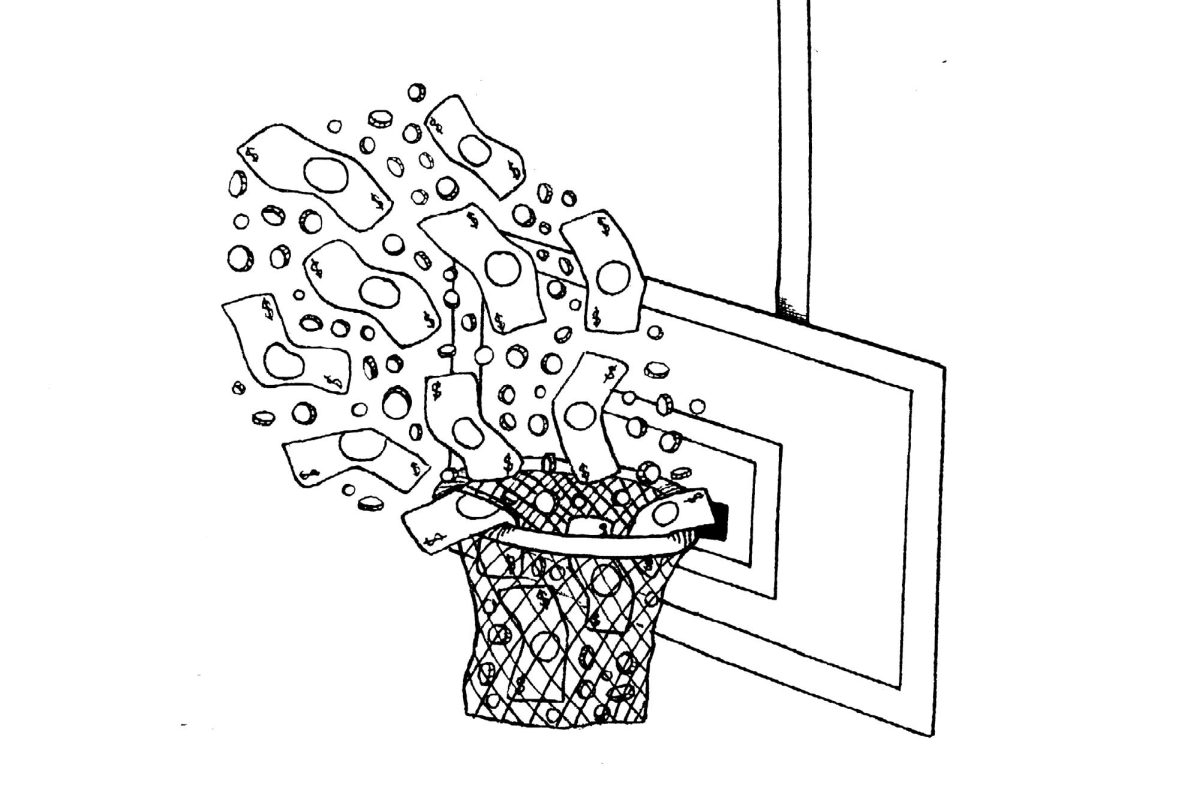After years of negotiation and months of construction to build a new health care facility in Southeast D.C., a GW-staffed urgent care unit opened to the public earlier this month. Though it’s only one part of the still-developing Cedar Hill Regional Medical Center, whose name is a reference to abolitionist Frederick Douglass’s nearby estate, the completed urgent care clinic shows that the University can escape the Foggy Bottom bubble for the betterment of the city.
GW’s investment in new health care facilities east of the Anacostia River should improve the lives of residents who face disproportionately higher rates of health issues yet less access to medical resources than other city residents. But the University must leverage its position as a stakeholder in the medical development at St. Elizabeth’s East – a 183-acre space of developmental land in Southeast – to ensure Cedar Hill Urgent Care GW Health and the medical center as a whole offer accessible and affordable health care to the communities it’s meant to serve.
A combination of factors like financial hardship, limited access to healthy food and air pollution means residents of Wards 7 and 8 suffer disproportionately high rates of illnesses from cancer to COVID-19. Yet all but one of the city’s seven current hospitals – the United Medical Center – is in Northwest. With more health issues but fewer health care centers, Southeast residents die on average almost a decade earlier than residents of whiter and wealthier neighborhoods. Life expectancy in Wards 2 and 3 exceeds 85 and 87 years respectively, compared to an average of 76.7 in Ward 7 and 72 years in Ward 8.
That stark contrast, which represents a legacy of systemic and racist disregard for D.C.’s Black residents, led Mayor Muriel Bowser to partner with the GW Hospital to expand health care access in Southeast D.C. by building a new hospital. But the initial plans between the city and the GW Hospital fell apart – the hospital would only agree to construct a new facility in Southeast if it could increase the number of beds in its current Foggy Bottom location, which University officials, local residents and staff at the Howard University Hospital all opposed. Bowser, the D.C. Council and the hospital finally reached a deal in 2020 and broke ground on the complex in February this year.
With the center’s urgent care clinic now open, GW has initiated its expansion beyond Ward 2. Universal Health Services will manage the facility and the School of Medicine and Health Sciences and the Medical Faculty Associates will provide academics and physicians. The clinic, which is the first urgent care center to open in Ward 8, will treat nonlife-threatening conditions like allergic reactions and asthma, colds and flu, minor sprains, broken bones and sore throats and offer x-rays, lab testing and blood work.
But when it finishes construction in 2024, the completed Cedar Hill Medical Center complex will represent an even more dramatic improvement in the services available to the community it serves. While D.C. has stopped the United Medical Center from delivering babies since 2017 due to issues in its screening, clinical assessment and delivery protocols, Cedar Hill will have a newborn delivery and an intensive care nursery. The hospital will also be a Level 3 trauma center – though smaller than the GW Hospital’s Level 1 trauma center, it’ll be the only one east of the Anacostia River and can still treat injuries from gunshot wounds or car accidents.
In the operation of the urgent care clinic and the Cedar Hill Regional Medical Center at St. Elizabeth’s East, GW and its partners must, as the saying goes, “first do no harm.” While new facilities in Wards 7 and 8 are evidently more accessible to residents east of the Anacostia River, they ought to be affordable, too. If the hospital can’t serve the people in the local community without burying them in medical debt, then who really benefits from it?
It’s not enough to simply treat pink eye or write a prescription – the employment opportunities these facilities will create ought to go to people from Wards 7 and 8. The UHS, SMHS and MFA staff at both the urgent care clinic and hospital will work in the midst of the 8,233 families in Wards 7 and 8 who live below the poverty line, more than the rest of the city’s wards combined. Good paying medical and nonmedical positions and benefits won’t just “do no harm” – they can actively create wealth for residents of some of the poorest parts of D.C.
D.C. is more than a backdrop to our college education, and we hope that the opening of Cedar Hill Urgent Care GW Health and the continuing development of the Cedar Hill complex will begin to chip away at decades of systemic neglect of communities east of the Anacostia River. But it’s all in the execution – only a medical facility that puts the health and well-being of our neighbors first with affordable and accessible health care can proudly carry GW’s name.
We offer our praise with caution – the completed medical center won’t open for another two years at the earliest, after all. But a multi-million dollar investment in expanding health care access across D.C. is truly a tangible example of the value the University can place on serving others. Many of us attend GW to learn how to become global leaders, but the University is showing us that you don’t have to look very far from home to make a difference.
The editorial board consists of Hatchet staff members and operates separately from the newsroom. This week’s staff editorial was written by Opinions Editor Ethan Benn and Contributing Opinions Editor Riley Goodfellow, based on discussions with Research Assistant Zachary Bestwick, Sports Editor Nuria Diaz, Copy Editor Jaden DiMauro, Culture Editor Clara Duhon and Contributing Social Media Director Ethan Valliath.


